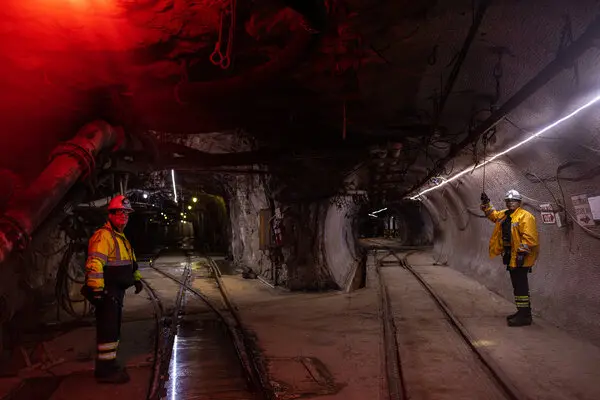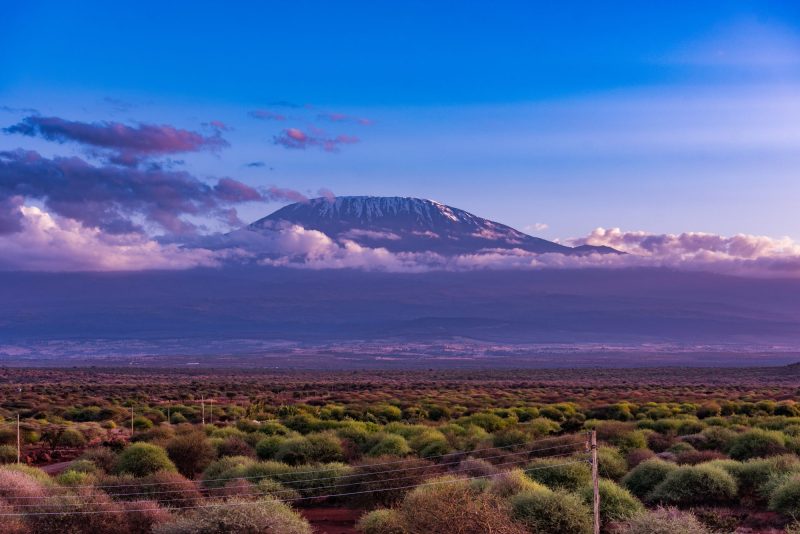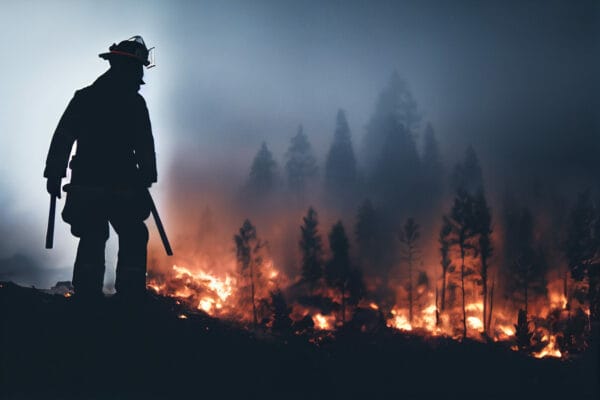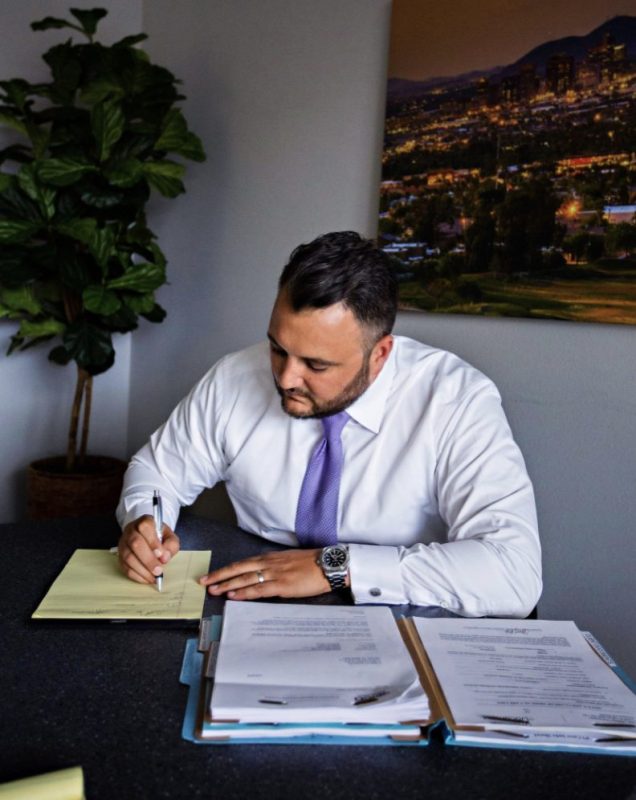(Disclosure: Rose Law Group represents Resolution Copper.)
By Clifford Krauss, Photographs by Tamir Kalifa | New York Times
SUPERIOR, Ariz. — As Wendsler Nosie finished his evening prayers sitting before a mesquite fire, a ceremonial yucca staff festooned with eagle feathers by his side, he gazed sternly toward a distant mesa where mining companies hope to extract more than a billion tons of copper.
That mine could help address climate change by helping the United States replace fossil fuels and combustion engines with renewable energy and electric cars. But to Mr. Nosie, a former chairman of the San Carlos Apache Tribe, it’s the latest insult in a bitter history. The tribe considers the rolling hills and hidden canyons under which the copper lies — an area of Arizona called Oak Flat — to be a corridor to God inhabited by holy spirits. The tribe’s reservation is roughly 35 miles away.
“We’re confronting that big dominant way, this corporate way of life,” he said. “It’s two ways of thinking clashing. There is no room for both. One will be destroyed.”
The two mining giants behind the project, Rio Tinto and BHP, have plenty of experience with conflicts over the environment. But in this case, executives for the companies have argued that their project, known as Resolution, will benefit the environment by helping to increase the use of renewable energy and electric cars and reduce emissions of greenhouse gases. The companies have already spent more than $2 billion on exploratory work and to prepare for the project. They have the support of many local and state elected officials.










